Stellantis is pulling back from hydrogen as a fuelling option for its light commercial vehicles due to a lack of investment in infrastructure and incentives at national level.
The company, which has Peugeot, Citroen, Fiat and Vauxhall under its Pro One van umbrella, currently offers a hydrogen fuel cell version of the large Vauxhall Movano in the UK, with the mid-size Vivaro van originally scheduled to launch later this year. Both are already available in left-hand drive markets.
However, Fedele Ragusa, Stellantis senior product manager, told Fleet News: “It is not the right time to push hydrogen. There is no investment in incentives and infrastructure, so we are not pushing it commercially.”
The move is part of a wider review of the global decarbonisation strategy which has now shifted away from the target of becoming 100% zero emission by 2030, introduced by former CEO Carlos Tavares.
Instead, Stellantis is focusing on a multi energy strategy which brings together full electric and internal combustion engines, plus “something in the middle,” according to Ragusa.
This is likely to be plug-in hybrid or range extender.
“We’re not ready yet, but it’s a change compared to the past,” said Ragusa. “We think that hybridisation is a good option.”
He added: “On BEV, we have a mix of priorities: cell efficiency, lightness and energy density are priorities. Fast charging is important but it’s not like cars because the vans come back to compound.”
Consequently, Stellantis has uprated the AC capabilities on its vans to charge at 22kW as standard to match the type of chargers fleets are installing at depots.
A complete charge can now be achieved in just six hours, half the time compared to the previous 11kW solution, ensuring the vehicle is ready for use at the start of the next working day.

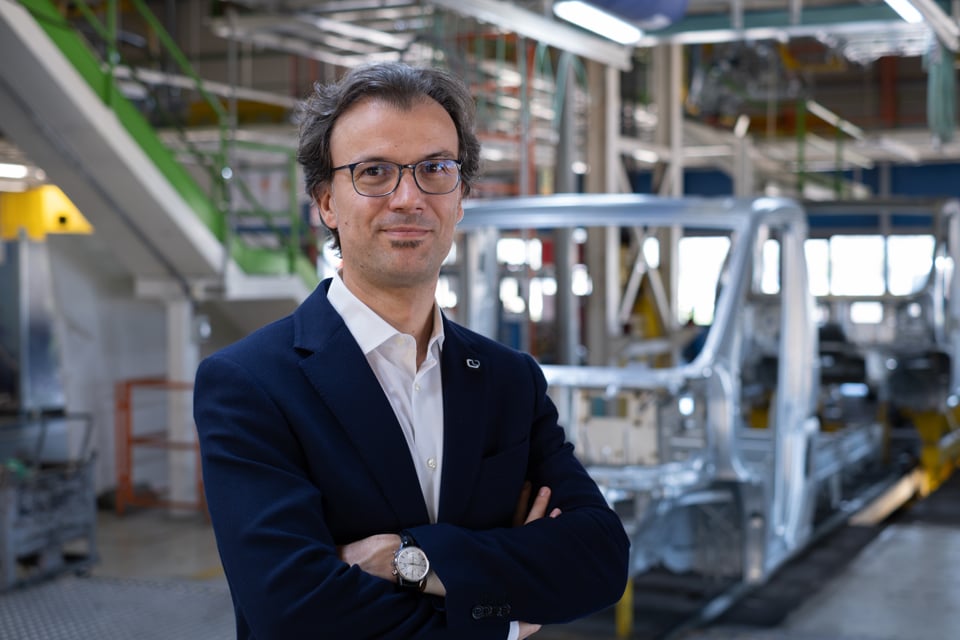




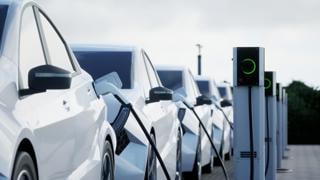
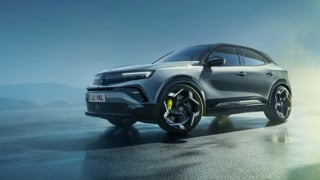
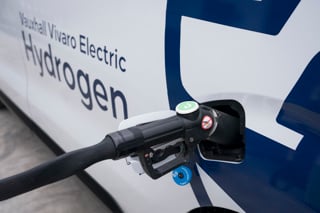
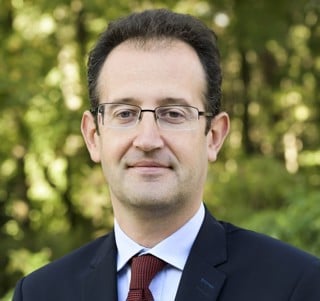
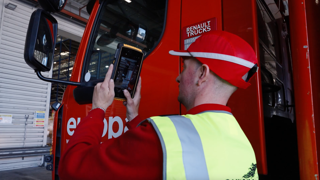






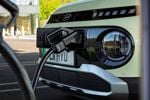


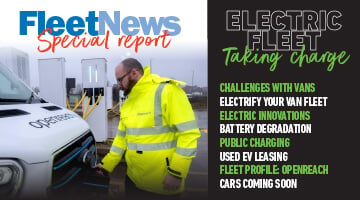
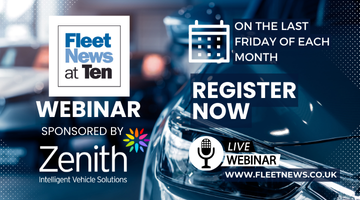
Login to comment
Comments
No comments have been made yet.